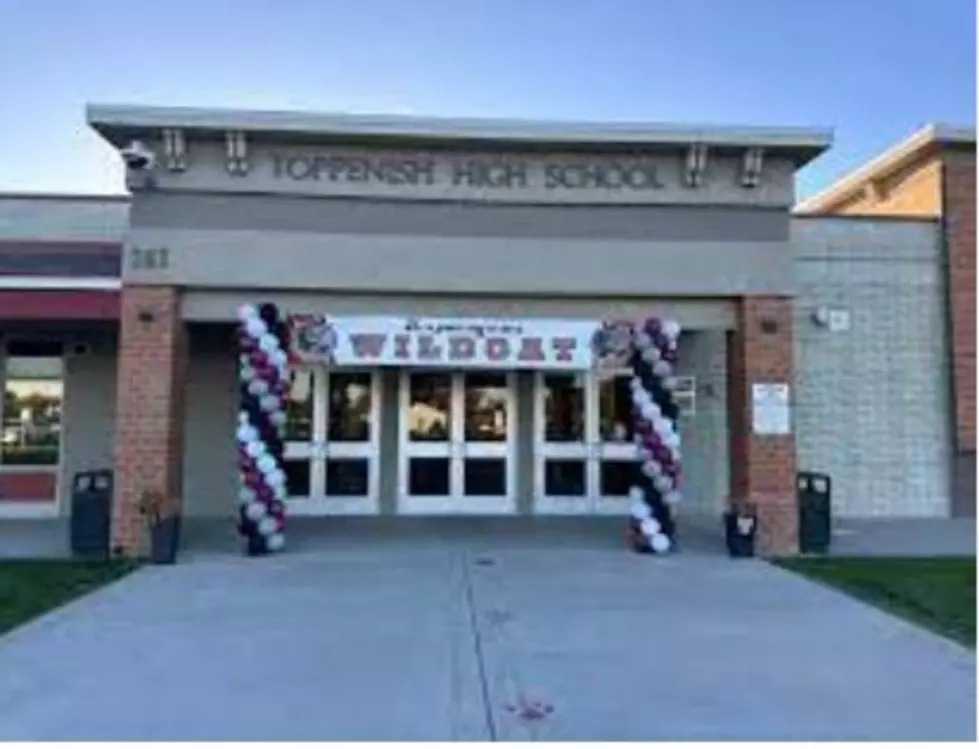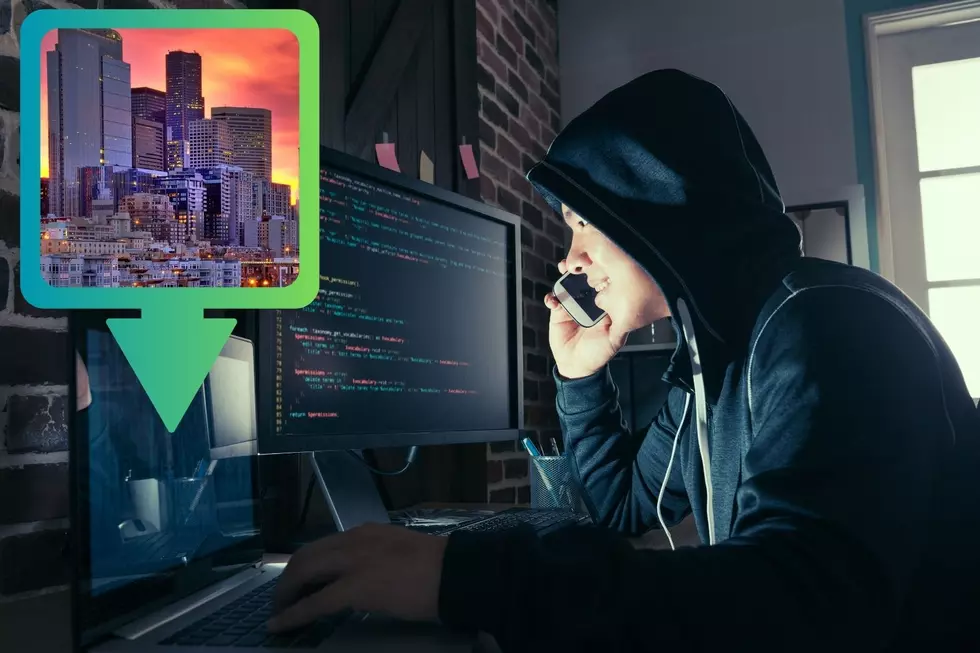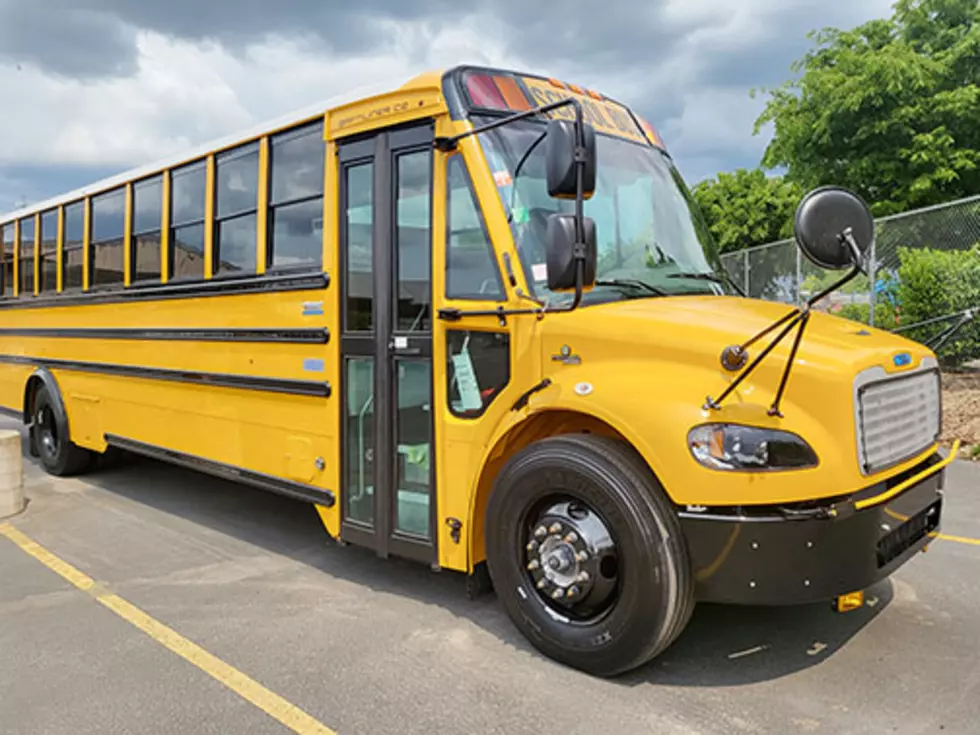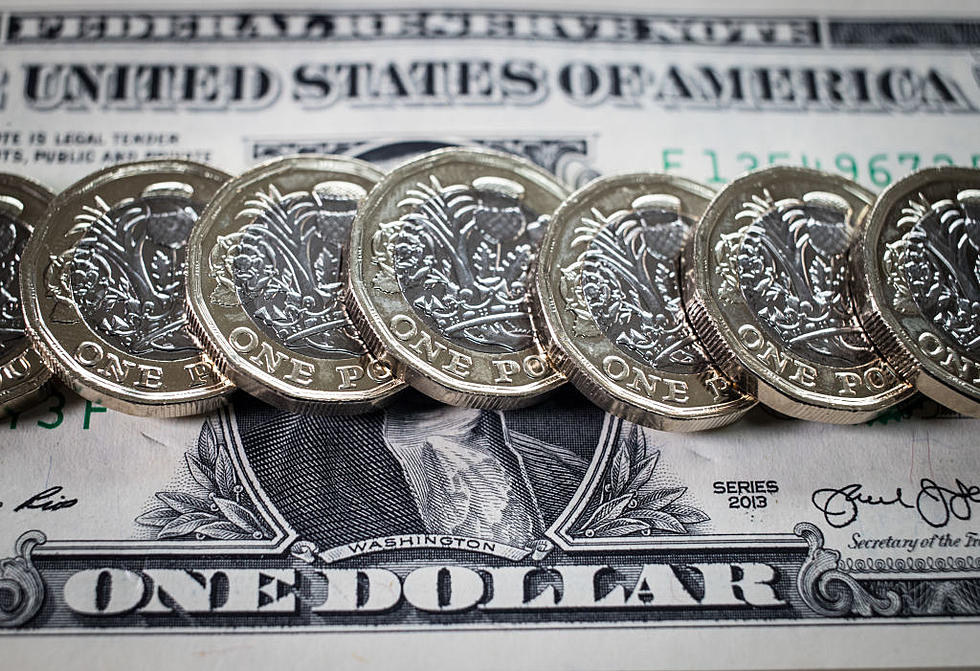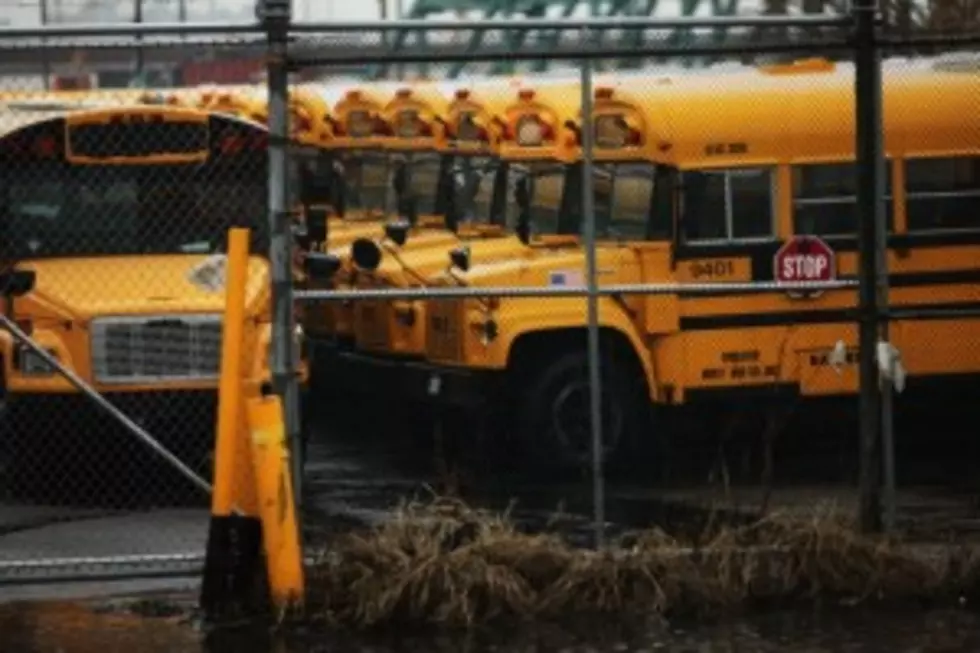
Does Increased Spending Make for Better Education? New Studies Say No
You've probably heard about Gov. Jay Inslee's proposal to tax bottled water and close loopholes to raise $200 million for education. Is throwing money at a situation going to make it better?
The Washington Policy Center recently published an in-depth report showing that continued spending in public education doesn't necessarily result in better outcomes.
Washington is struggling to find funding to keep up with the legislative mandates that we spend certain amounts on schools. A State Supreme Court decision recently claimed the legislature was not meeting its mandate. Some officials in Olympia say the state is supposed to have dedicated over a billion dollars to the educational system over the last few years. Often, this money is coming from other areas where it is just as needed.
The WPC report prepared by Liv Finne, Director of the WPC Center for Education, shows the amount of money spent per student has risen from $5,000 in 1990 to over $11,400 in 2013, but graduation rates remain flat. 24 years ago, about 77 percent of students went on to graduate. In 2013, according to Department of Education figures, that rate is virtually unchanged. The amount of money spent on students in the Seattle school district is nearly $13,000 per student, nearly twice the tuition at many private schools!
According to the WPC report, increased spending has not significantly increased academic performance by students, either. The report also says statistics from the National Assessment of Academic Performance (NAEP) show no significant increases in 8th grade reading and math over the last four years. This grade is regarded as a significant educational benchmark. The scores averaged, statewide, between 250-300 points, out of a possible 500.
This, in turn, has led to many parents considering private schools, and these academic issues are also part of the reason for the increased pressure for charter schools to be allowed.
While there's no one set, simple answer to increasing academic performance while maximizing available dollars, some of it can come from taking handcuffs off the educators, giving them more flexibility to creatively educate, and finding ways to more effectively utilize what money is being spent.
More From 870 AM KFLD
